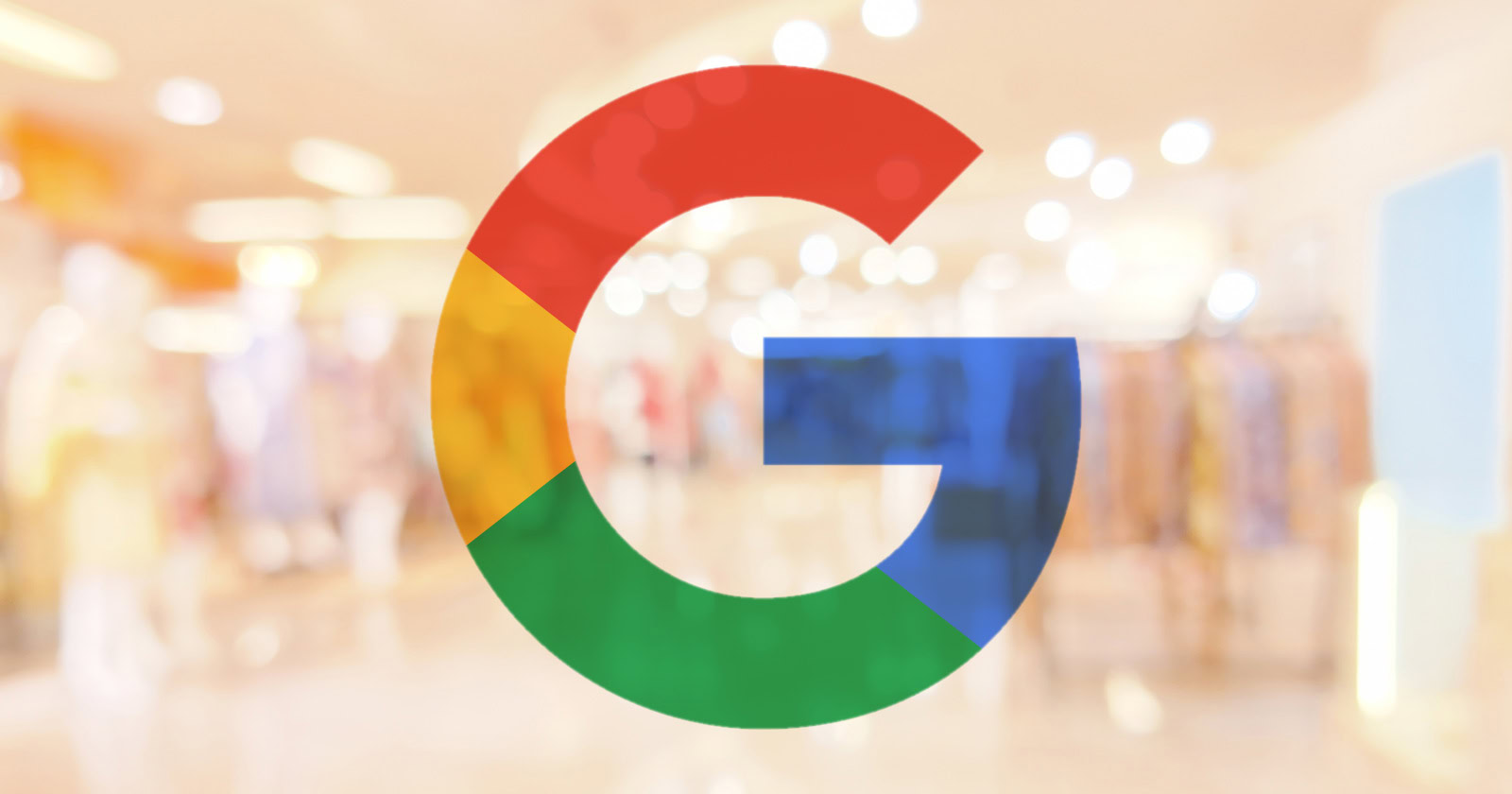BrightEdge’s latest research shows that Google’s AI Overviews are now appearing in ways that reflect what BrightEdge describes as “deliberate, aggressive choices” about where AI shows up and where it does not. These trends show marketers where AI search is showing up within the buyer’s journey and what businesses should expect.
The data indicates that Google is concentrating AI in parts of the shopping process where it gives clear informational value, particularly during research and evaluation. This aligns AI Overviews with the points in the shopping journey where users need help comparing options or understanding product details.
BrightEdge reports that Google retained only about 30 percent of the AI Overview keywords that appeared at the peak of its September 1 through October 15, 2025 research window. The retained queries also tended to have higher search volume than the removed ones, which BrightEdge notes is the opposite pattern observed in 2024. This fits with the higher retention in categories where shoppers look for explanations, comparisons, and instructional information.
BrightEdge explains:
“The numbers paint an interesting story: Google retained only 30% of its peak AI Overview keywords. But here’s what makes 2025 fundamentally different: those retained keywords have HIGHER search volume than removed ones—the complete opposite of 2024. Google isn’t just pulling back; it’s being strategic about which searches deserve AI guidance.”
The shifting behavior of AI Overviews shows how actively Google is tuning its system. BrightEdge observed a spike from 9 percent to 26 percent coverage on September 18 before returning to 9 percent soon after. This change signals ongoing testing. The year-over-year overlap of AI Overview keywords is only 18 percent, which BrightEdge calls a “massive reshuffling” that shows “active experimentation” and requires marketers to plan for change rather than stability. The volatility shows Google may be experimenting or responding to user trends and that the queries shown in AI Overviews can change over time.
My opinion is that Google is likely responding to user trends, testing how they respond to AI Overviews, then using the data to show more if user reactions are positive.
AI Is A Comparison And Evaluation Layer
BrightEdge’s research indicates that AI Overviews aligns with shopper intent. Google places AI in research queries such as “best TV for gaming,” continues support for evaluation queries like “Samsung vs LG,” and then withdraws when users show purchase intent with searches like “Samsung S95C price.”
These examples show that AI serves as an educational and comparison layer, not a transactional one. When a shopper reaches a buying decision, Google steps back and lets traditional results handle the final step. This apparent alignment with comparison and evaluation means Google is confident in using AI Overviews as a part of the shopping journey.
Usefulness Varies Across Categories
The data shows that AI’s usefulness varies across categories, and Google adjusts AIO keywords retention based on these needs. Categories that retained AI Overviews such as Grocery, TV and Home Theater, and Small Appliances share a pattern.
Users rely on comparison, explanation, and instruction during their decisions. In contrast, categories with low retention, like Furniture and Home, rely on visual browsing rather than text-based evaluation. This limits the value of AI. Google’s category patterns show that AI appears more often in categories where text-based information (such as comparison, explanation, and instruction) guides decisions.
Google’s keyword filtering clarifies how AI fits into the shopping journey. Among retained queries, a little more than a quarter are evaluation or comparison searches, including “best [product]” and “X vs Y” terms. These are queries where users need background and guidance. In contrast, Google removes bottom-funnel keywords. Price, buy, deals, and specific product names are removed. This shows Google’s focus is on how useful AI serves for each intent. AI educates and guides but does not handle the final purchase step.
Shopping Trends Influence AI Appearance
The shopping calendar shapes how AI appears in search results. BrightEdge describes the typical shopping journey as consisting of research in November, evaluation and comparison in early December, and buying in late December. AI helps shoppers understand options in November, assists with comparisons in early December, and by late December, AI tends to be less influential and traditional search results tend to complete the sale.
This makes November the key moment for making evaluation and comparison content easier for AI to cite. Once December arrives, the chance for AI-driven discovery shrinks because consumers have moved on to the final leg of their shopping journey, purchase.
These findings mean that brands should align their content strategies with the points in the journey where AI Overviews are active. BrightEdge advises identifying evaluation and transactional pages, ensuring that comparison content is indexed early, and watching category-specific retention patterns. The data indicates two areas where brands can focus their efforts. One is supporting AI during research and review stages. The other is improving organic search visibility for purchasing queries. The 18 percent year-over-year consistency figure also shows that flexibility is needed because the queries shown in AI Overviews change frequently.
Although the behavior of AI Overviews may seem volatile, BrightEdge’s research suggests that the changes follow a consistent pattern. AI surfaces when people are learning and evaluating and withdraws when users shift into buying. Categories that require explanations or comparisons see the highest retention in AI Overviews, and November remains the key period when AI can use that content. The overall pattern gives brands a clearer view of how AI fits into the shopping journey and how user intent shapes where AI shows up.
Read BrightEdge’s report:
Google AI Overview Holiday Shopping Test: The 57% Pullback That Changes Everything
Featured Image by Shutterstock/Misselss


